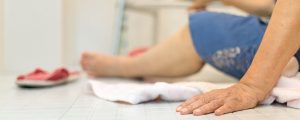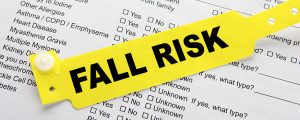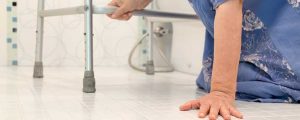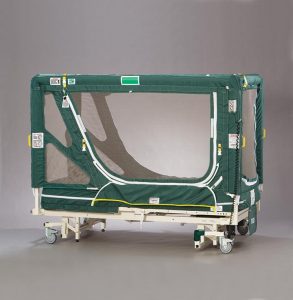At St. Joseph’s Hospital and Health Center in Syracuse, NY, we’re committed to providing a safe, comfortable, caring environment for our patients. We believe all patients deserve to be cared for in the most humane way possible to preserve their dignity and individual rights. This means ensuring our patients’ physical safety, including preventing injuries from falls, during a hospital stay.
Central to our fall prevention program is the hospital’s patient safety care bundle. We found that bundling (standardizing) fall prevention practices prevents more falls than nonbundling or variable approaches. We also learned that involving all unit and house-wide staff in this approach inspires greater buy-in and participation and fosters best practices.









